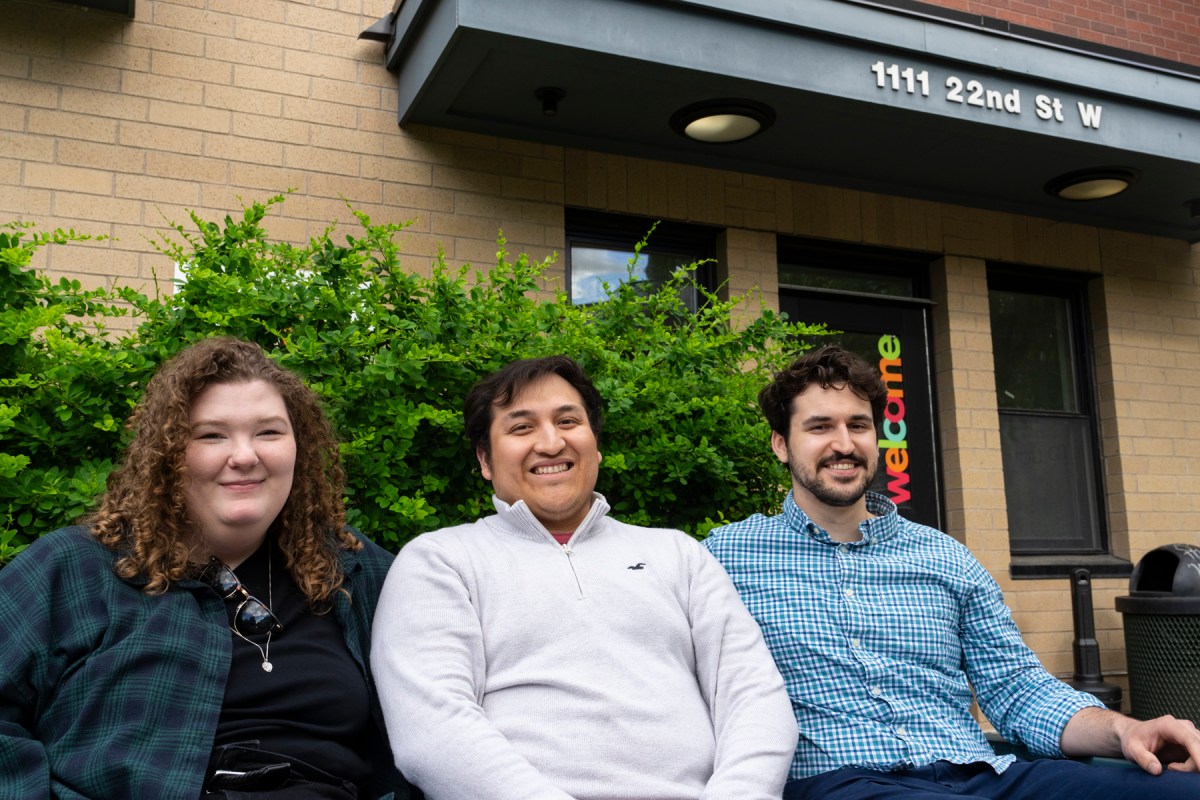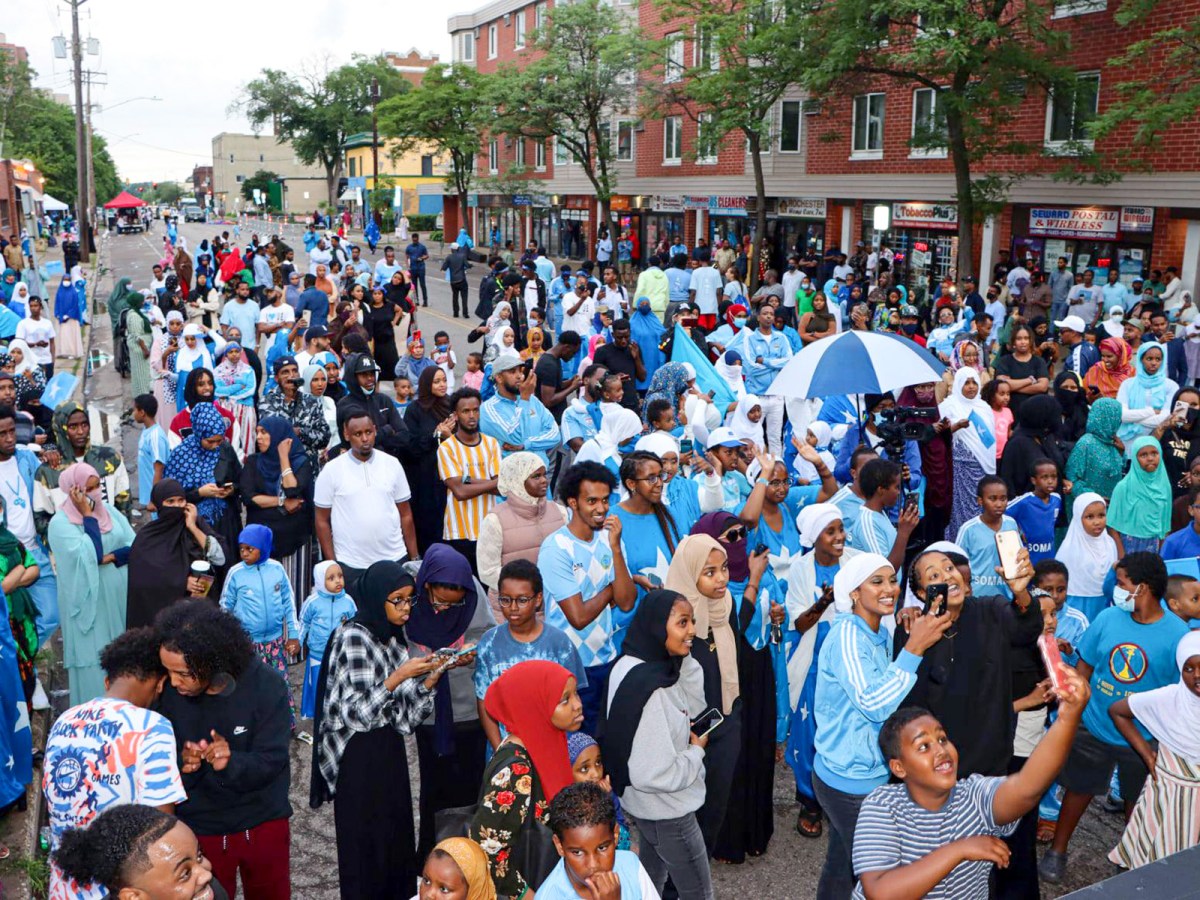A Minneapolis nonprofit serving homeless youth will begin a $700,000 makeover of two of its shelters this summer, capping a multiyear effort that invited shelter residents into the design process.
The Bridge for Youth provides support services and temporary housing for teens and young parents. Its two emergency shelters, Resilience House and Gloria’s Place, share a building at 1111 W. 22nd St. in Minneapolis. The first phase of demolition is underway and renovations are set to begin this summer.
Resilience House provides 24-hour shelter, case management, food and health care for youth 10 to 17. Gloria’s Place is the only emergency shelter in Minnesota focused on pregnant teens and teen parents ages 15 to 17. It has space for up to six families.
According to the agency, 50% of youth experiencing homelessness in Hennepin County are pregnant or already have children.
The building was purchased and the first renovation happened nearly 16 years ago, said Executive Director Lisa Mears. Since then, the building was “feeling fatigued,” she added. The renovations include new flooring, new paint and new furniture.
Another major reason for the renovation was to incorporate design feedback from current and former shelter residents. The designs aimed to create spaces “where youth can heal and feel safe” from personal traumatic experiences, Mears said.
In 2021, three students from Dunwoody College were brought onto the project to craft designs that would inspire the renovations. Carissa Friendshuh, Marco Salazar and Austin Rastall were fifth-year architecture students who spent about a year working on designs. They interviewed shelter residents, did research, and toured the facility.
The three students worked to make the facility feel more open and comfortable. Their designs were intentional about lighting, colors and having nooks tucked away for privacy within shared spaces.
“You want to be in a space that’s inviting, that feels safe, that feels secure, but also you’re able to get some freedom in it,” Rastall said. That concept was carried throughout the design decisions, he added.
Salazar said working on this project was a “full circle” moment because his sister was a former shelter resident several years ago.
The total shelter renovation was funded by a state bill that passed last year providing $500,000, and by $200,000 from The Bridge.
Earlier this year, the nonprofit campaigned at the Legislature for $3.5 million that would add 15 new transitional housing units to a current facility, Marlene’s Place, and 24 non-time limited supportive housing units at a new site. But the campaign was unsuccessful, Mears said. Discussions are still ongoing on next steps, she added.





